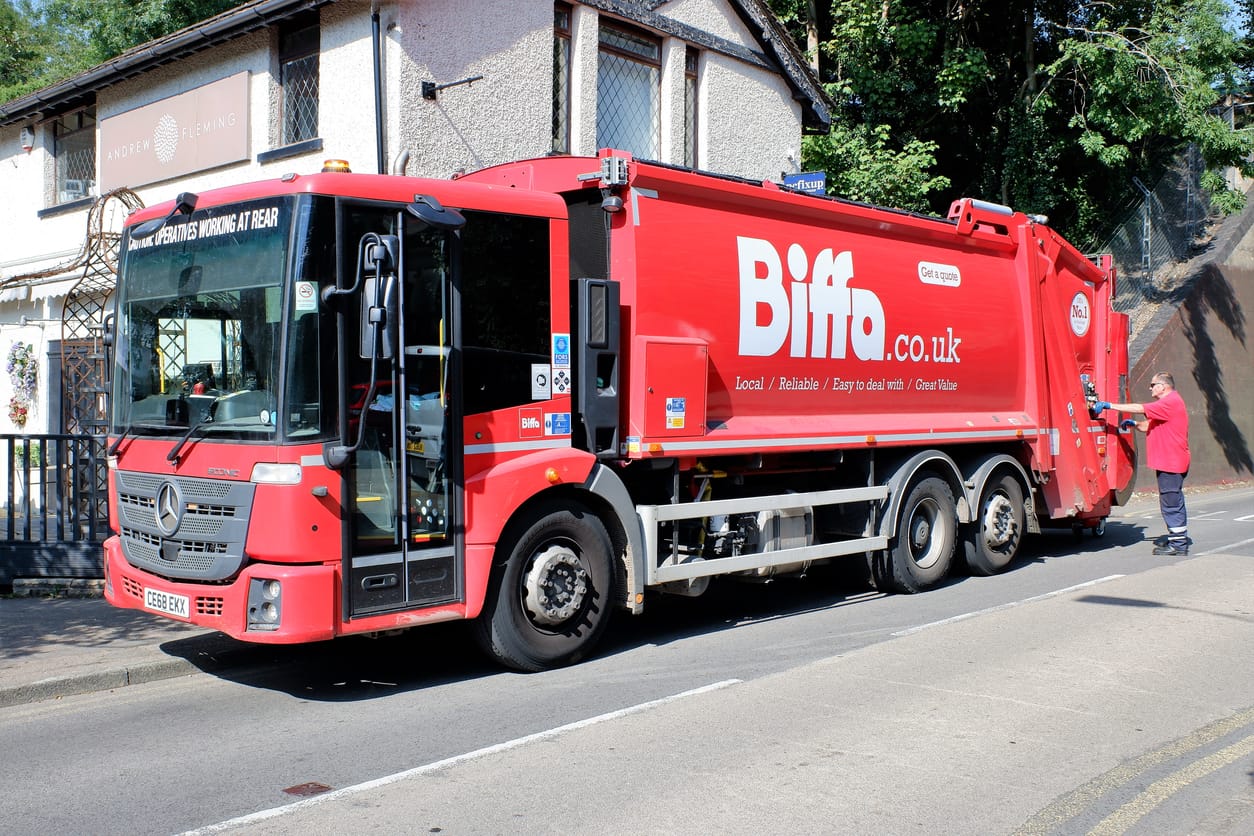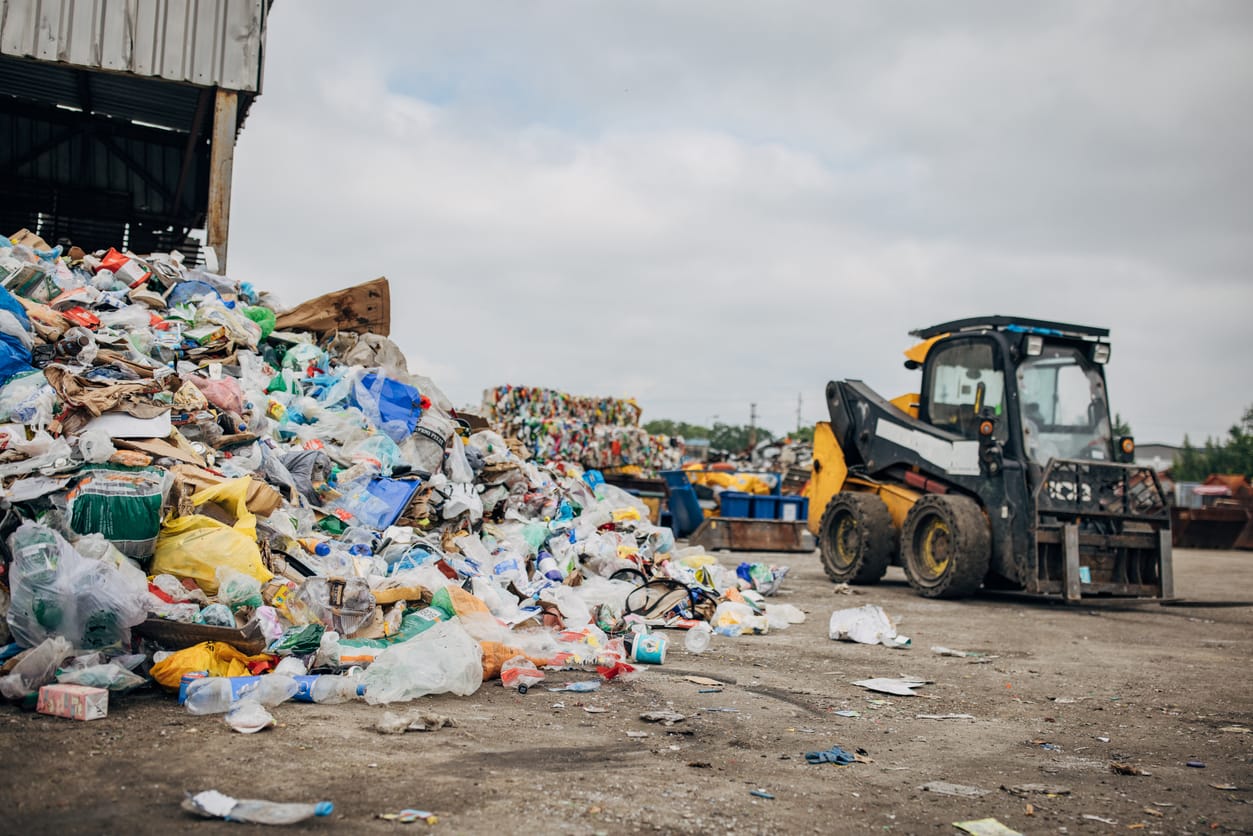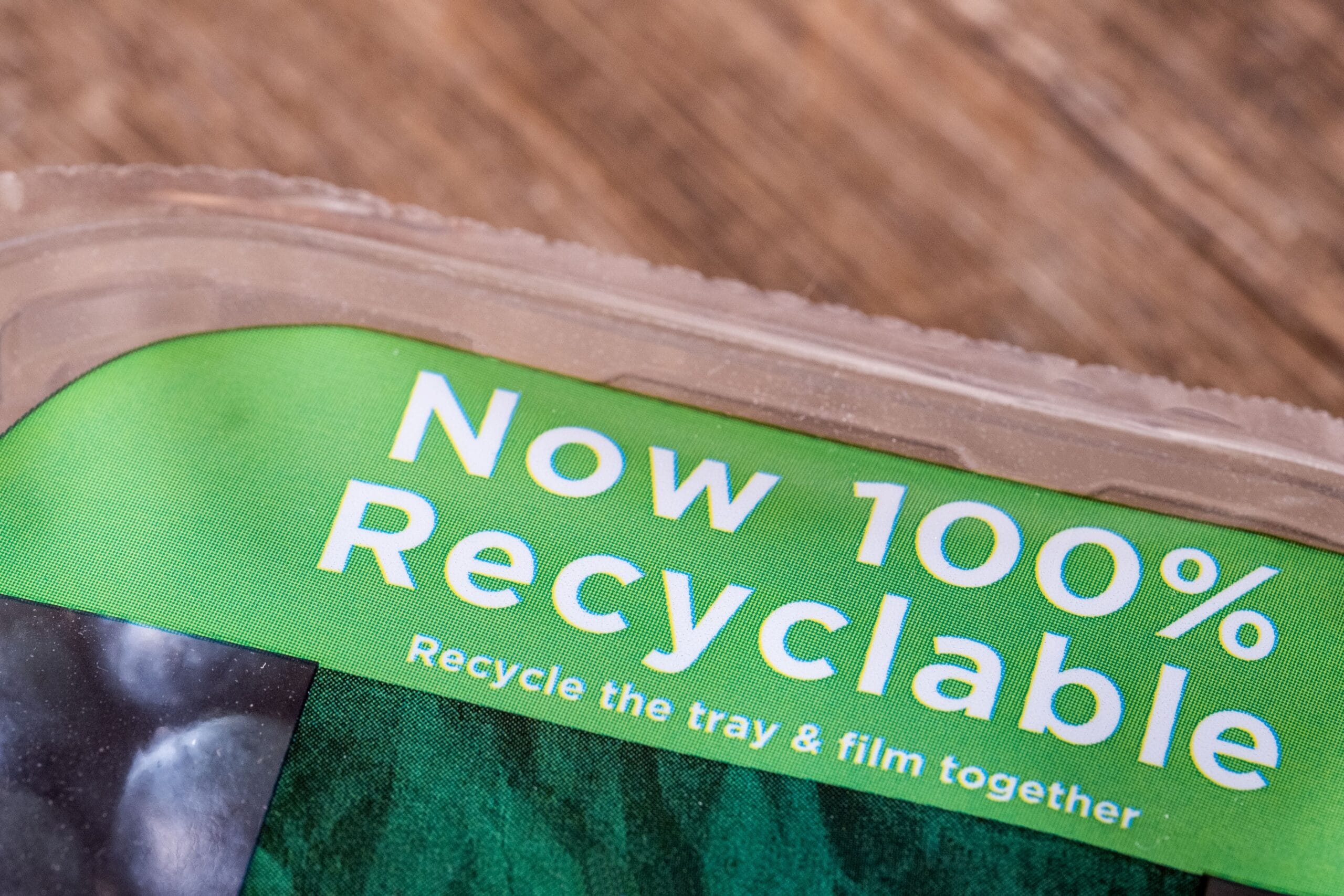Pick from our related articles...
You can find us on
Keep yourself up to date with Let's Recycle It latest news
What Christmas Packaging Means For the Waste Industry
Every year at Christmas time we always see a spike in waste production; this will come as no surprise to anyone, I’m sure, as we all go out buying presents for family and friends and huge quantities of food for our festive feasts.
Whereas all waste streams will see an uptick, it will be packaging waste that increases the most dramatically. Metal cans as well as plastic and glass bottles will be significantly more present in waste streams at this time of year as people have their celebrations at home. But films, plastic and cardboard boxes, food packaging, wrapping paper and other similar items are what experience the biggest increase.
Packaging
Plastic food packaging and cardboard boxes are at the very centre of Christmas for recyclers, as they deal with the by-products from the rest of us enjoying the holidays. Unfortunately, many of the waste streams that indicate the festive cheer we share with our loved ones make life very difficult for recyclers.
The types of packaging materials that are commonly used around Christmas are much more difficult to recycle than the equivalent materials would be the rest of the year. At Christmas, cardboard boxes are more commonly found with plastic windows on them, gift wrapping paper has a wax coating, and Christmas cards are often covered in glitter. All these adaptions may well make things look very pretty and ‘Christmassy’, but it makes these materials very hard to recycle.
The machinery in the Material Recycling Facilities (MRFs) cannot differentiate between newspaper and wrapping paper, or between normal cardboard and cardboard with plastic windows. As far as these machines are concerned, they are all the same; therefore, it will treat it the same and the end product will not be viable for reuse. In 2019 alone, 300,000 tonnes of extra card were used over the Christmas period, and most of it was not properly recycled.
Christmas
At this time of year, it seems as though every shop stocks wrapping paper and gift bags and all the rest, making these difficult to recycle materials easily accessible for everyone. More people need to understand the negative impact making these consumer decisions has on the recycling industry and, by extension, on the environment. There are many eco-friendly alternatives available that are much easier to recycle that perhaps most people are simply not aware of. For example, choosing a kraft paper wrapping for your gifts instead of the standard wax coated paper, or choosing boxes that are not made with plastic on them.
Most supermarkets, card shops and party supply shops will stock at least some of these environmentally friendly alternatives; it might not look quite as pretty under your tree, but it will certainly help keep the environment beautiful and free of waste pollution. As these products become more popular, manufacturers will find ways of making them look just as festive as we’re used to.
Pressure needs to be put on the manufacturers of these packaging materials to make products that do not cause these problems for recyclers. Organisations can put this pressure on the manufacturers and on governments to legislate change, but the best way to bring about change in the market is from the consumer.
When we go out and do our Christmas shopping, we are all casting our votes with our money. If we all start to make more environmentally conscious consumer decisions, then the manufacturers will follow. If demand for eco-friendly Christmas packaging soars and demand for the old hard to recycle materials plummets, then the businesses that produce these materials will not take long to catch up. They won’t produce plastic covered cardboard boxes and wax coated paper if no one is there to buy it, and they won’t ignore the millions of people who are now choosing to make their Christmases more sustainable.
Waste
Some councils even advise their residents not to put Christmas packaging in their recycling bins and to put it in their black bin bags instead. Although this does mean that these materials which cause problems are kept away from the MRFs, it also means there are hundreds of thousands of tonnes of extra waste being sent to landfill or to incineration when they could just as easily be made from recyclable materials.
We need to rethink the way we do Christmas. We all need to start using our purchasing power to shift Christmas packaging towards more sustainable materials. If we, the consumer, start to make these decisions, then manufacturers will follow. This will have much wider implications than just Christmas, as if we can show that sustainable packaging is viable at this time of year, we will show it is viable all year.
This will mean there is an increased demand for recycled raw materials from packaging manufacturers and an increased demand for recyclable waste materials from recyclers. Changes like this are how we actually begin to bring about the transition to a circular economy.
At Let’s Recycle It, realising a fully circular global economy is our ultimate goal. At Christmas, just like all year round, we work hard to provide the best quality scrap materials for our end users. A big part of this is the education we provide to our suppliers about how to properly sort, separate and store their waste. We will continue doing all we can to support recyclers, but a broader change in the way the economy views and uses packaging is necessary if we are going to achieve the levels of circularity that we both want and need.
Follow us to stay up to date on our latest news
If you would like to receive our newsletter to keep up to date with Let’s Recycle It news and to receive marketing information regarding our services, please let us know:


